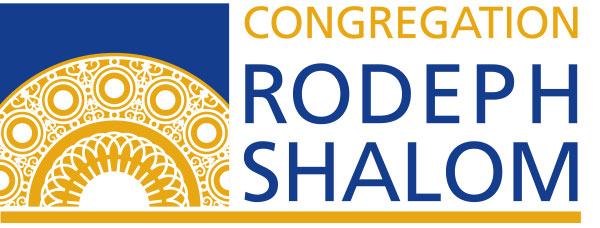Our counting of the Omer deepens the journey from Passover to Shavuot. Join us each day with a teaching, blessing and announcement of the count. We begin with a week inspired by hesed, loving-kindness.
In New American Haggadah, Nathaniel Deutsch comments that a small act of love can lead all the way to God. “As Franz Rosenzweig explains in The Star of Redemption, his masterpiece of Jewish theology, ‘there is no act of neighborly love that falls in the void…because of the unbroken interconnectedness of all objects.’ In this way, the commandment to ‘love your neighbor as yourself’ (Lev. 19:18) is intimately and profoundly linked to the commandment to ‘love the Eternal your God with all you heart, all your soul, and all your might” (Deut. 6:5).
When was the last time you experienced the interconnectedness of all objects?
Baruch Ata Adonai, Elohenu Melech ha-olam asher kidishanu b’mitzvotav vitzivanu al s’firat ha’omer. Blessed are You, Eternal our God, Ruler of the universe, who makes us holy with sacred actions and enjoins us to count the omer.
Hayom yom echad la’omer. Today is the 1st day of the omer.
Have a sweet Pesach! Rabbis Kuhn, Maderer, Freedman and Cantor Frankel


